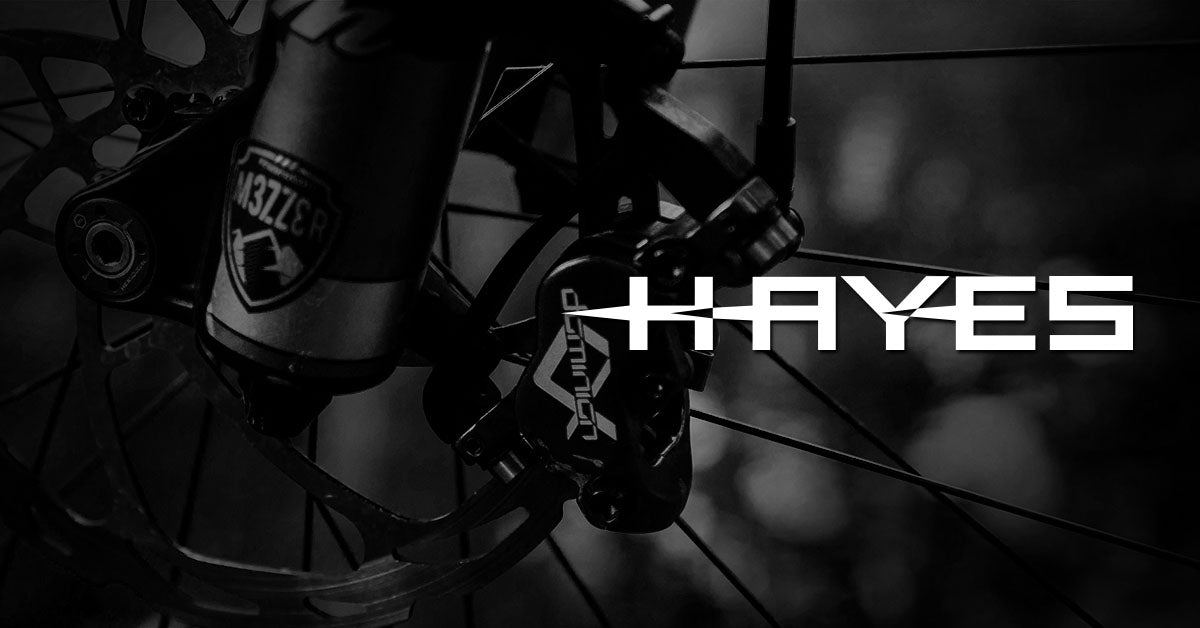Who wants to know about the new 2023 Manitou Mattoc?
Launched today but I've been testing the Pro and Comp models for some time.
The Pro. It's a mini-mezzer that does everything the Mezzer does but smaller and lighter.
The Comp. It's a giant killer. I'll take this fork over any other 34-36mm fork every day.
New 34mm chassis, stiffer, stronger and a touch lighter than previous model.
All have 27/29" sizes (different lowers, rest of the fork is the same).
TSR bleed screws on the Pro and Expert.
Pro has the MC^2 damper same as the Mezzer but shorter. IRT air-spring. Max 150mm.
Expert has a VTT damper like the Mezzer Expert. IVA air-spring.
Comp has ABS+ damper with IVA air spring. Max 160mm.

 hayesbicycle.com
hayesbicycle.com
Yes Shockcraft Pick & Mix tuning fits and works in the Pro.
 www.shockcraft.co.nz
www.shockcraft.co.nz
Launched today but I've been testing the Pro and Comp models for some time.
The Pro. It's a mini-mezzer that does everything the Mezzer does but smaller and lighter.
The Comp. It's a giant killer. I'll take this fork over any other 34-36mm fork every day.
New 34mm chassis, stiffer, stronger and a touch lighter than previous model.
All have 27/29" sizes (different lowers, rest of the fork is the same).
TSR bleed screws on the Pro and Expert.
Pro has the MC^2 damper same as the Mezzer but shorter. IRT air-spring. Max 150mm.
Expert has a VTT damper like the Mezzer Expert. IVA air-spring.
Comp has ABS+ damper with IVA air spring. Max 160mm.

Mattoc
Introducing of the new Mattoc, we have created the perfect fork of the future while also staying true to our roots. A big part of the Mattoc’s versatility stems from its wide range of travel as one single model can be adjusted in 10mm increments from 110 to 150mm with no need for additional...
Yes Shockcraft Pick & Mix tuning fits and works in the Pro.




